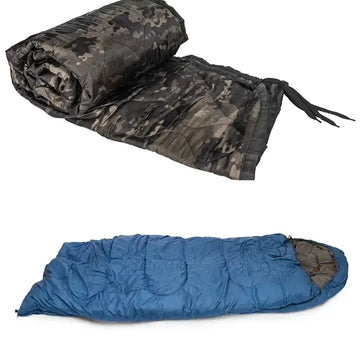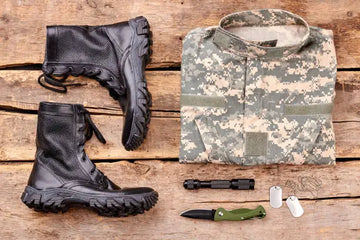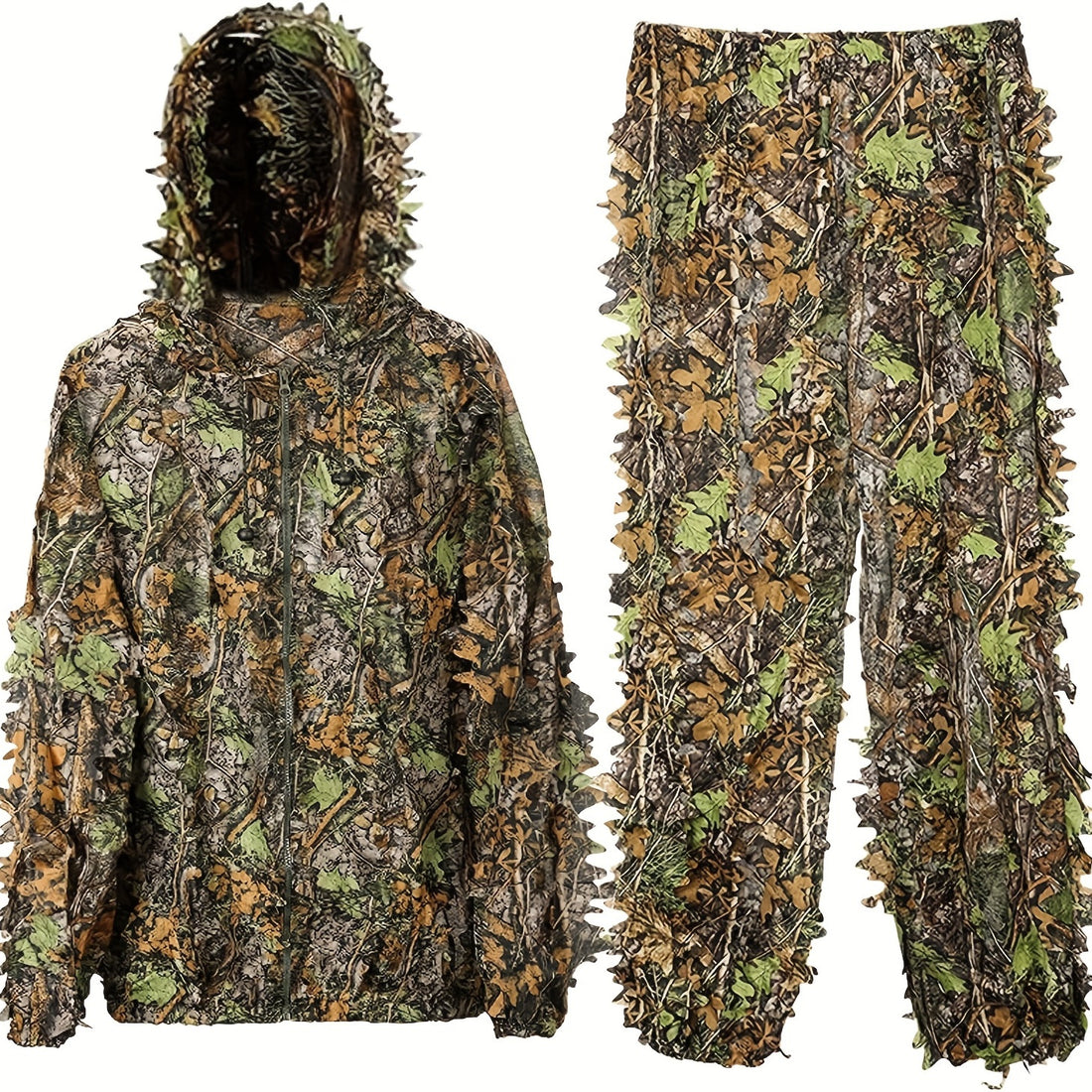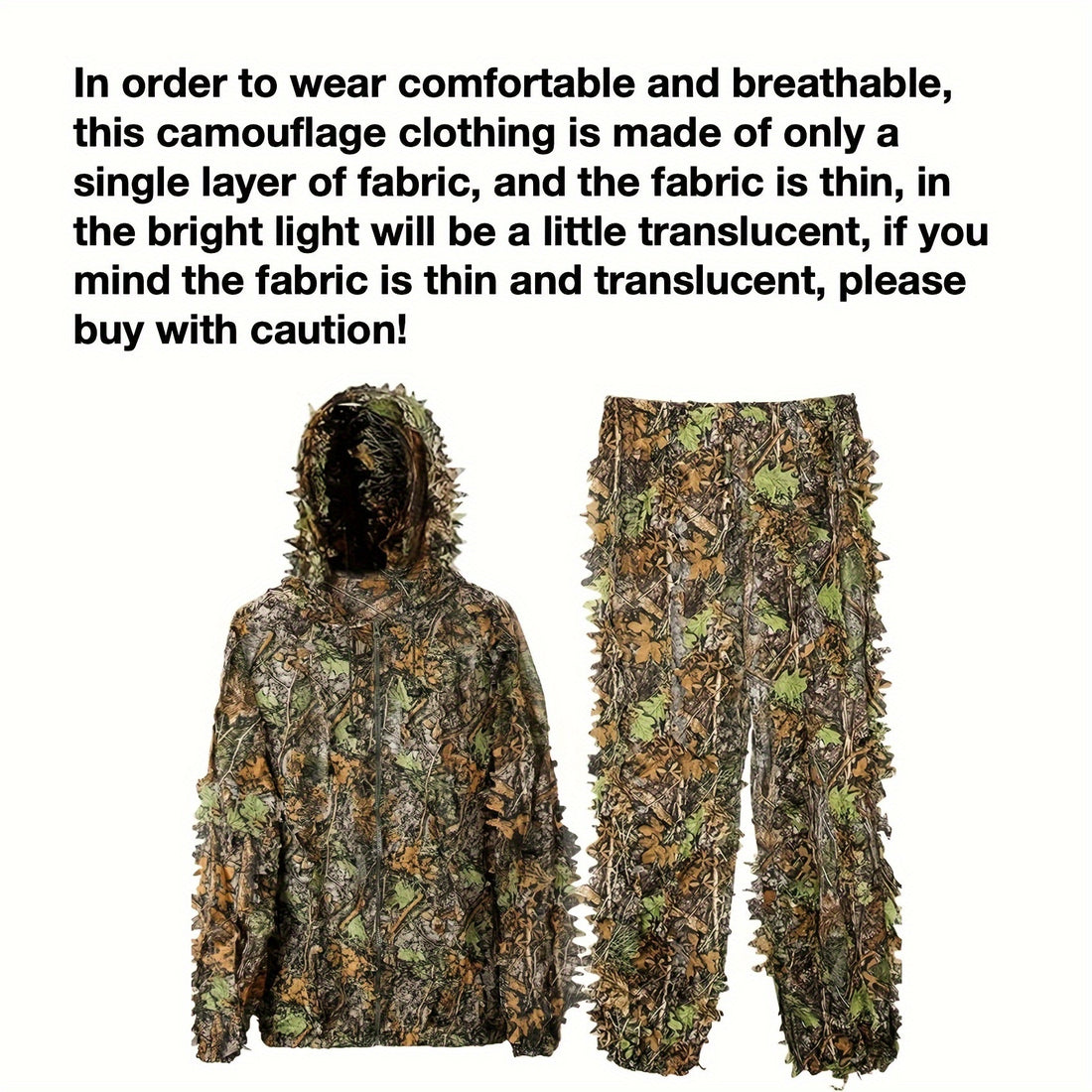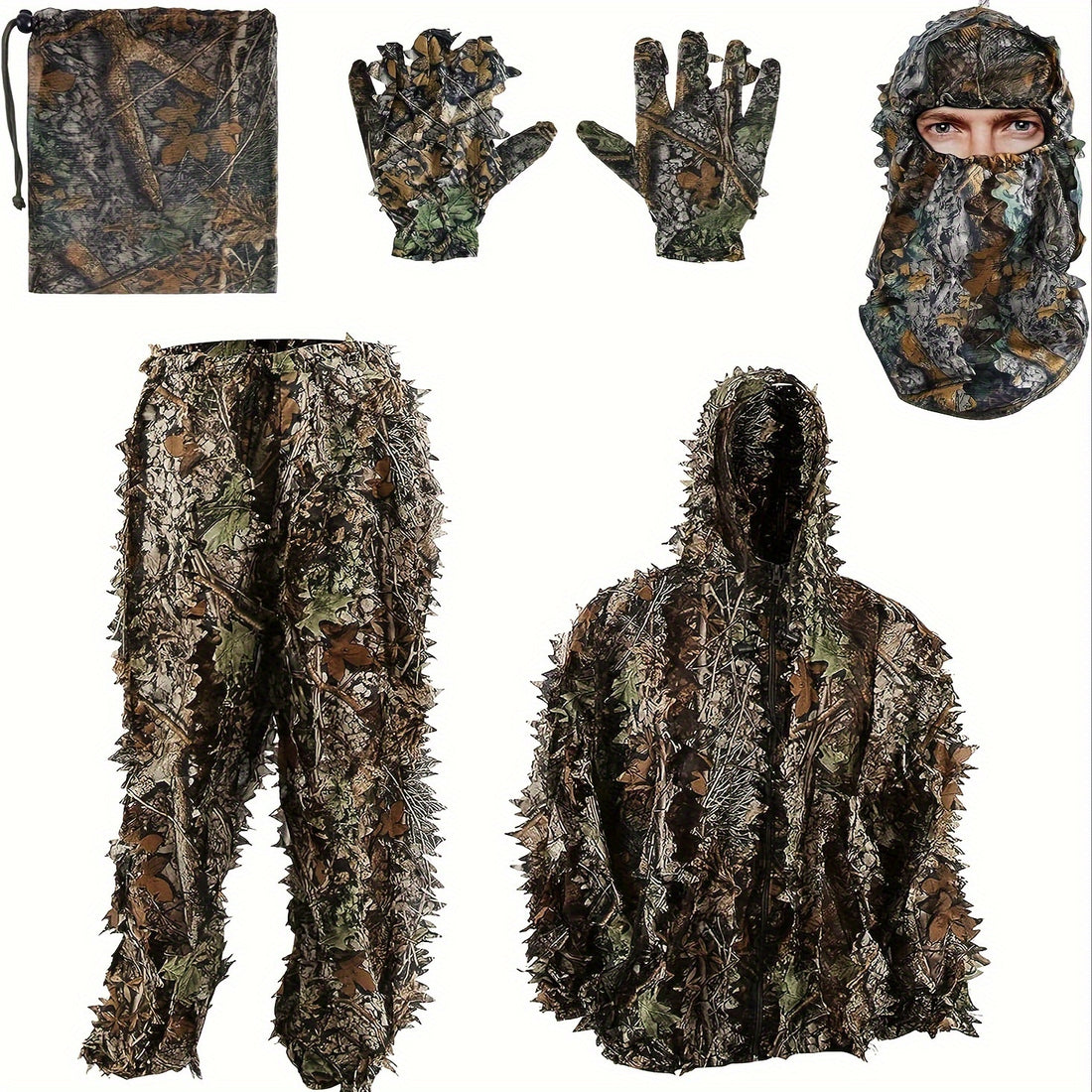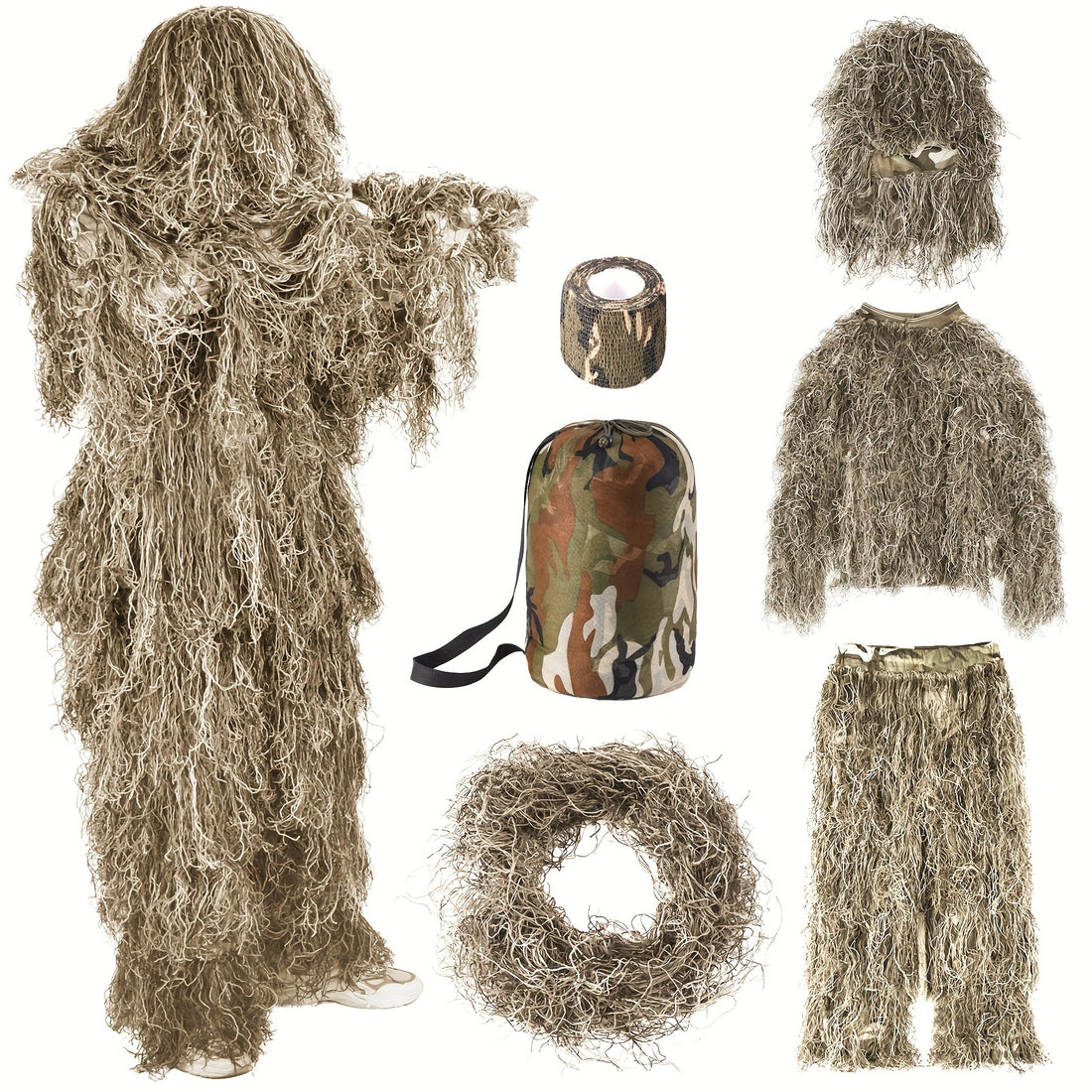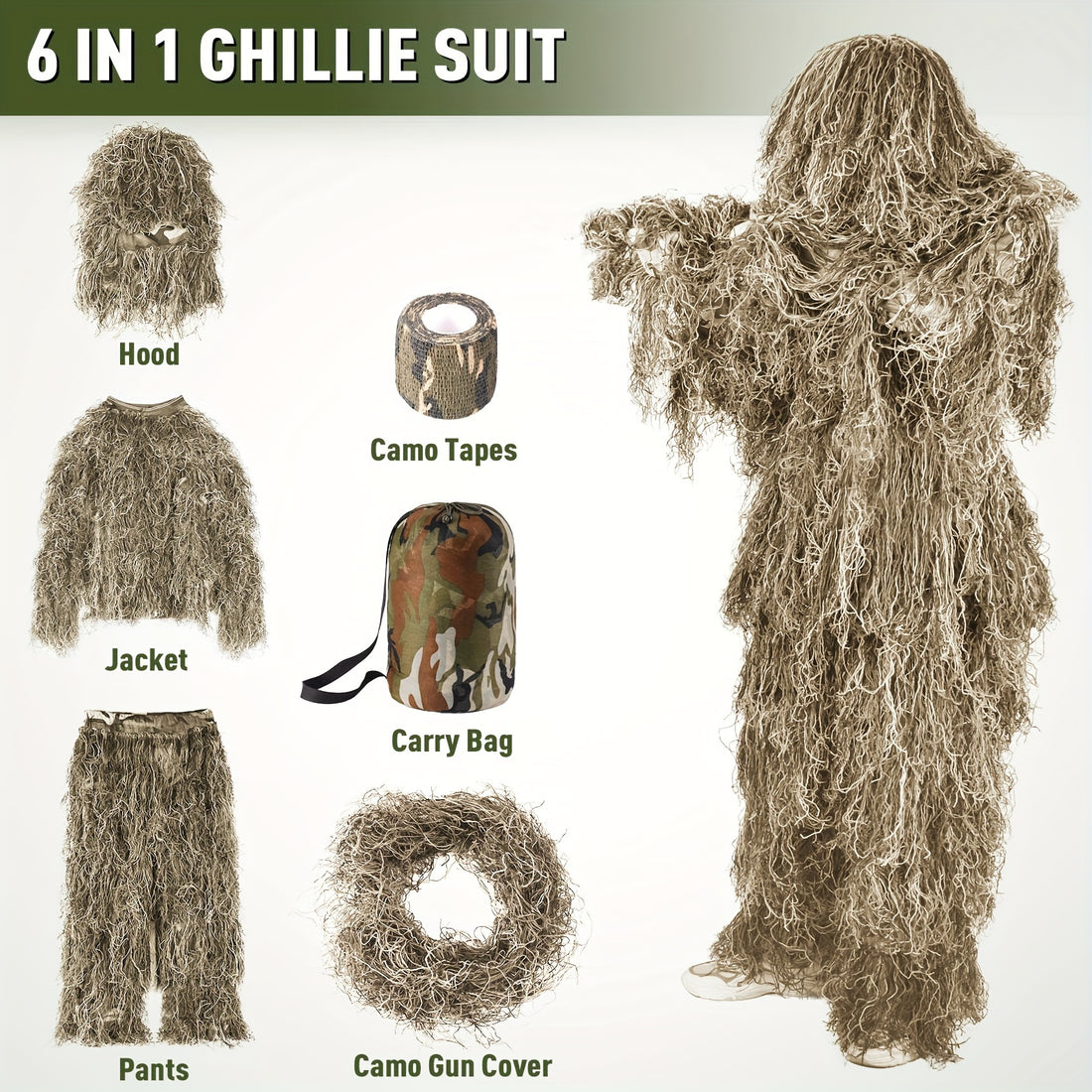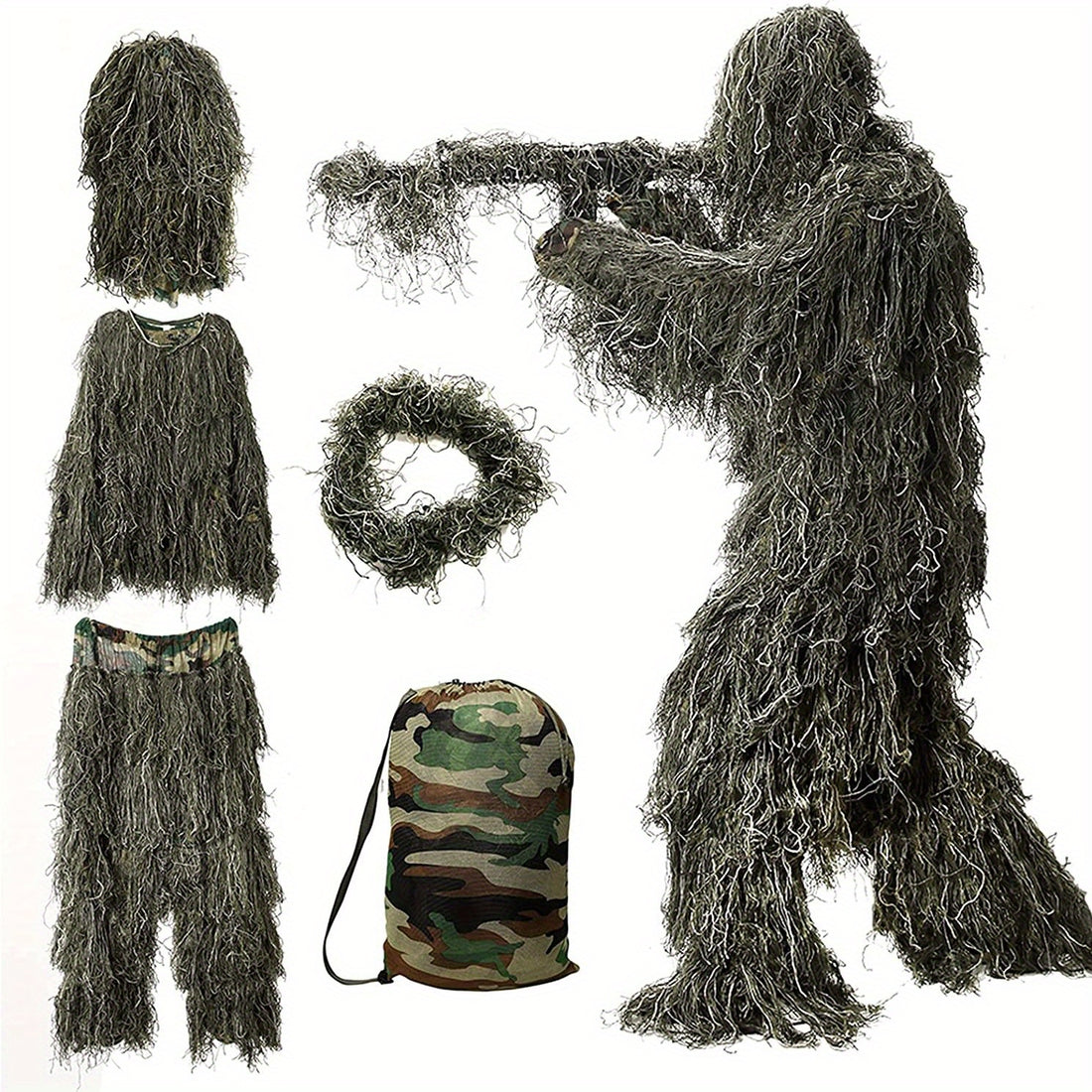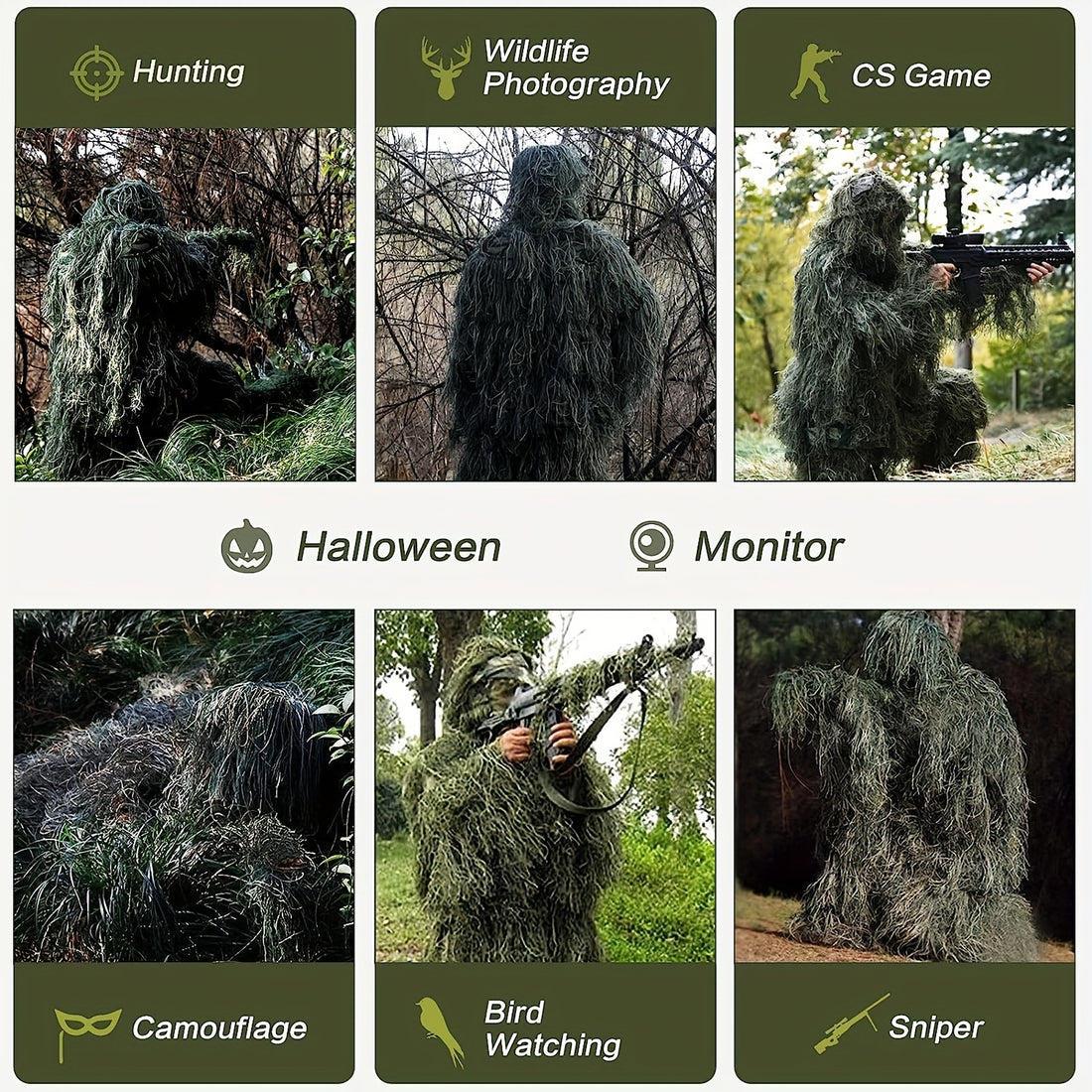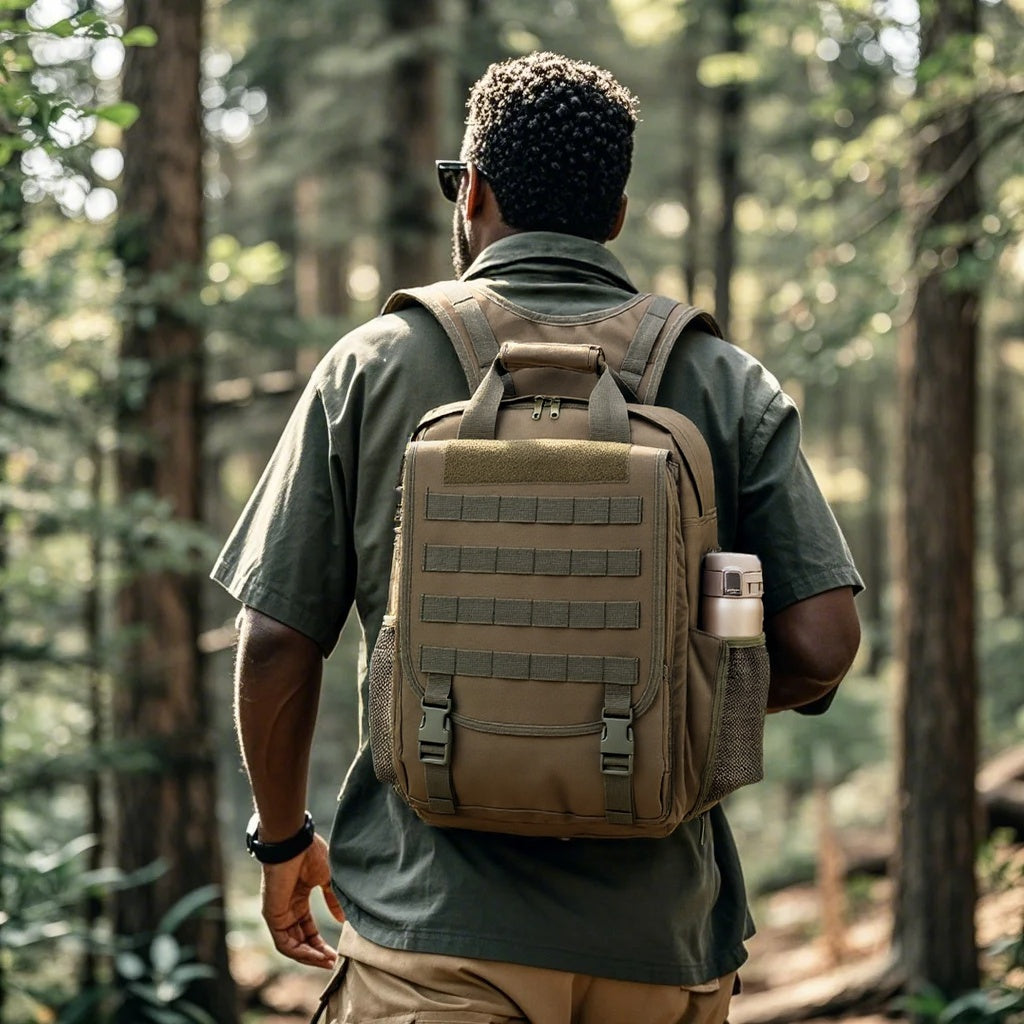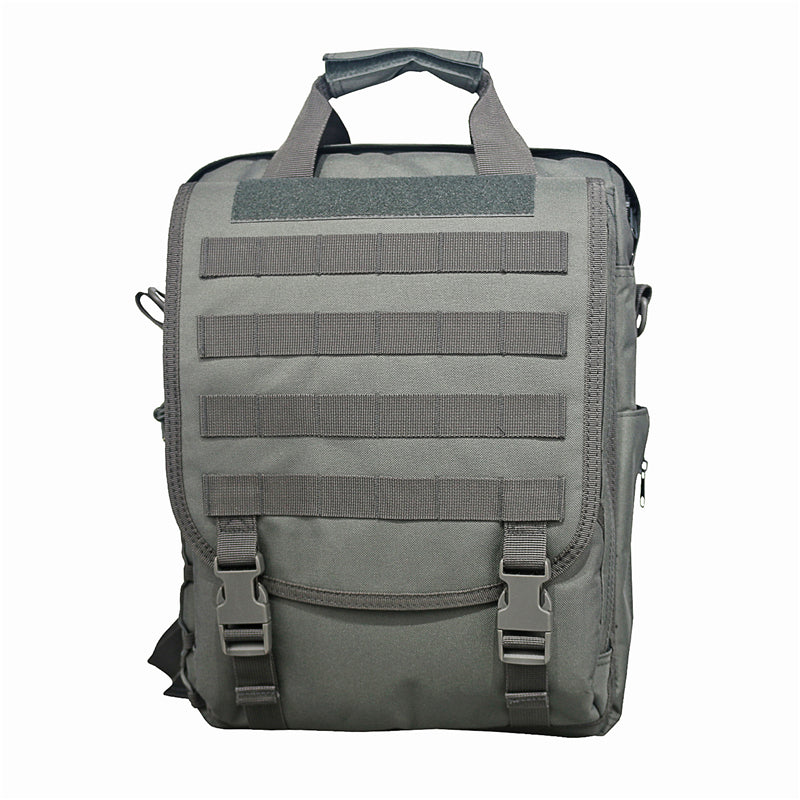A soft rifle case is an essential piece of gear for any firearm owner. It protects your rifle from scratches, dust, and moisture during transport to the range, a hunting spot, or a training course. Unlike hard cases, soft cases offer flexibility, lightweight portability, and often include convenient pockets for ammunition and accessories.
This guide covers how to choose a quality soft case and use it effectively and safely in various situations.
Key Features of a Quality Soft Rifle Case
Not all soft cases are created equal. When selecting a case, look for these important features:
- Padded Protection: Adequate foam padding is crucial to shield your rifle from minor impacts and bumps. Look for thick, closed-cell foam that won't absorb moisture.
- Durable Material: The exterior should be made from a robust, water-resistant material like 600D or 1000D nylon. This provides abrasion resistance and protects your firearm from light rain or snow.
- Secure Closure: Heavy-duty zippers with large, easy-to-grab pulls are a must. Some cases offer the ability to thread a padlock or cable lock through the zipper tabs for added security.
- Carrying Options: Padded shoulder straps and sturdy carry handles make transport more comfortable, especially over longer distances.
- Storage Compartments: External pockets are ideal for organizing magazines, optics, tools, and hearing protection, keeping all your range gear in one place.

Best Practices for Vehicle Transport and Storage
This is the most common use for a soft rifle case. Following these steps ensures safety and prevents theft.
- Keep it Out of Sight: Always store your cased rifle in the trunk of your car or, in an SUV, in a locked storage compartment or hidden under a cover. A visible gun case is a target for theft.
- Secure the Case: Use the vehicle's tie-down points or a cargo strap to prevent the case from sliding around while driving. This protects your rifle and keeps the case from blocking your access in an emergency.
- Avoid Temperature Extremes: Do not leave your cased rifle in a vehicle for extended periods. Extreme heat can damage optics and lubricants, while cold can cause condensation inside the firearm when brought back into a warm environment.
- Use a Cable Lock: For added security, especially if you must leave the rifle in a vehicle temporarily, thread a cable lock through the case's zippers and around a solid part of the vehicle's frame or seat structure.
Understanding TSA and Airline Travel with Firearms
This is a critical area where a soft case alone is not sufficient. The rules are strict and non-negotiable.
- A Hard-Sided Case is Mandatory: The Transportation Security Administration (TSA) and all U.S. airlines require firearms to be transported in a locked, hard-sided container. A soft case, even a heavily padded one, does not meet this requirement. You can place your soft case inside the approved hard case for extra padding, but the external case must be hard-sided.
- Declaration and Inspection: You must declare your firearm and ammunition to the airline agent during check-in. The firearm must be unloaded. TSA regulations state that only the passenger may retain the key or combination to the lock(s).
- Ammunition Rules: Ammunition must be securely packed in the original box or a specific container designed for ammunition. It is generally permitted to be stored in the same hard-sided case as the unloaded firearm, but check with your specific airline for weight and packaging limits.
- Always Check Ahead: Airlines have their own specific policies in addition to TSA rules. Always check your airline’s website and contact them directly well before your travel date.
For the most accurate and up-to-date information, always refer to the official TSA website on firearms and ammunition.
Soft Rifle Case: Everyday Carrying and Discretion
When moving your cased rifle from your vehicle to your destination, discretion is key.
- Use the Shoulder Strap: Distributing the weight across your shoulder is more comfortable and secure than carrying the case by hand.
- Be Discreet: A soft case is less conspicuous than a hard rifle case. Carry it in a way that doesn't draw unnecessary attention. Avoid swinging it or leaving it unattended.
- Know Your Environment: Be mindful of local laws and regulations regarding the transportation of firearms, as these can vary significantly by state and municipality.
A soft rifle case is a versatile and practical tool for the responsible firearm owner. By choosing a well-made case and following these guidelines for transport and storage, you can ensure your rifle remains protected, secure, and ready for use.

Our company specializes in the design and manufacture of durable, functional tactical and outdoor gear. The principles of robust material selection, smart compartmentalization, and secure construction that we've outlined here are the same principles we apply to our range of soft rifle cases and other carrying solutions.
We support businesses and organizations through our custom manufacturing and wholesale services.




